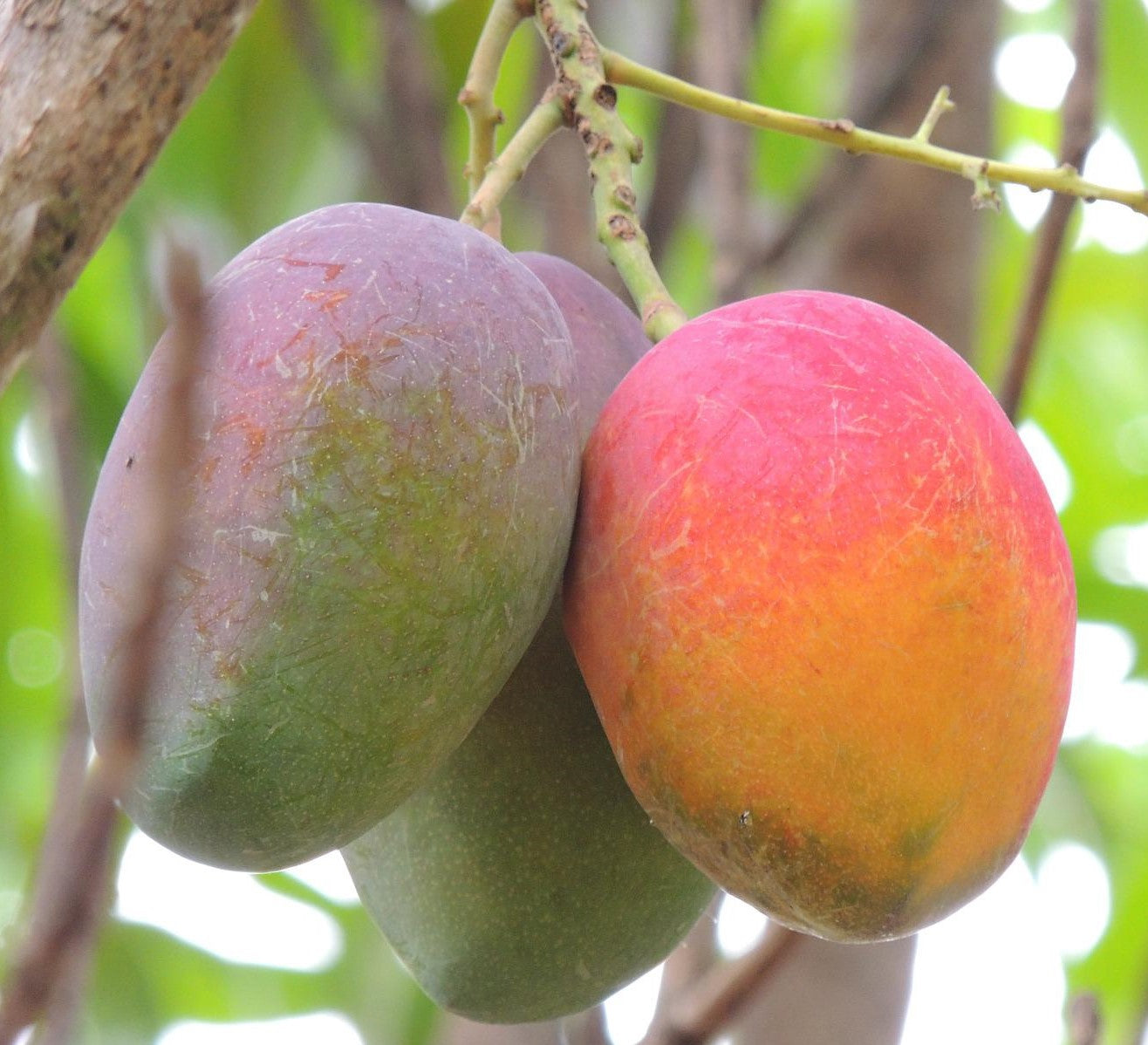When it comes to gardening, many of us are familiar with cultivating common herbs like basil, mint, and rosemary. But what about adding a little Mexican flair to your herb garden? If you're interested in expanding your culinary horizons and infusing your dishes with authentic Mexican flavors, then you'll want to get to know Epazote, often referred to as Mexican Tea. In this article, we'll delve into the world of Epazote, exploring its history, culinary uses, and how you can grow it in your own garden. Plus, we'll provide you with a link to purchase a live Epazote plant from Grow Your Own Food Nursery if you're ready to start your Mexican herb adventure.
The Marvelous World of Epazote
Epazote, known scientifically as Dysphania ambrosioides, is an aromatic herb native to Mexico and Central America. Its name comes from the Nahuatl word "epazotl," which means "skunk sweat." While this might not sound appealing, the herb's unique aroma and flavor are prized in Mexican cuisine. Epazote has a slightly citrusy and minty fragrance with a hint of earthiness, making it a distinctive and essential ingredient in many traditional Mexican dishes.
Culinary Uses
In Mexican cooking, Epazote is used to impart a pungent, earthy flavor to various dishes, especially those featuring beans. Its primary culinary use is to reduce the gassiness often associated with bean consumption, making it a staple in bean-based recipes like refried beans, black beans, and chili. Epazote's remarkable ability to aid digestion has earned it the nickname "Mexican Gas Plant."
Aside from beans, Epazote can also be used in soups, stews, and salsas. It pairs well with corn and is a key ingredient in tamales and some moles. If you enjoy experimenting with international cuisines, Epazote can bring an authentic touch to your Mexican-inspired dishes.
Furthermore, Epazote can be added to meats and fish including salmon to remove the strong aroma. (Salmon will smell like regular cat fish).
Growing Epazote in Your Garden
Now that you're excited to introduce Epazote into your kitchen, let's talk about how you can grow this wonderful herb in your own garden. Luckily, Epazote is a relatively low-maintenance herb, making it a great addition for both novice and experienced gardeners.
-
Selecting a Location: Epazote thrives in full sun or partial shade, so choose a spot in your garden that receives at least 6 hours of sunlight per day.
-
Soil Preparation: Epazote prefers well-draining soil with a slightly alkaline to neutral PH. Adding organic matter, such as compost, can improve soil quality.
-
Planting: You can start Epazote from seeds or purchase a live plant. If you choose seeds, sow them directly into the soil after the last frost date, spacing them about 12 inches apart. If you opt for a live plant, you can find a high-quality Epazote plant for purchase here.
-
Watering: Epazote prefers slightly moist soil but can tolerate periods of drought. Water it regularly, but allow the soil to dry out slightly between waterings.
-
Pruning: Prune your Epazote plant to encourage bushy growth and prevent it from becoming leggy. You can also harvest the leaves as needed for your culinary adventures.
Conclusion
Incorporating Epazote into your herb garden is a fantastic way to explore the rich and diverse world of Mexican cuisine. Its unique flavor and digestive benefits make it a valuable addition to your culinary repertoire. Whether you're a seasoned chef or just starting your gardening journey, Epazote is a versatile herb that will elevate your dishes to new heights. If you're ready to get started, you can purchase a live Epazote plant from Grow Your Own Food Nursery here. So why wait? Embrace the flavors of Mexico and grow your own Epazote today!

